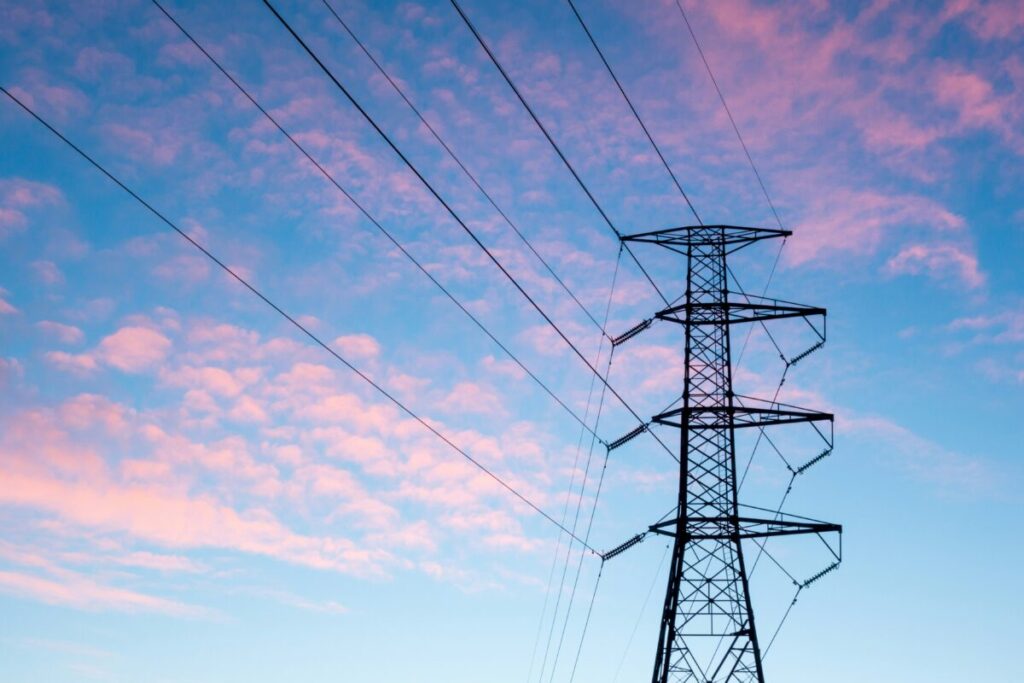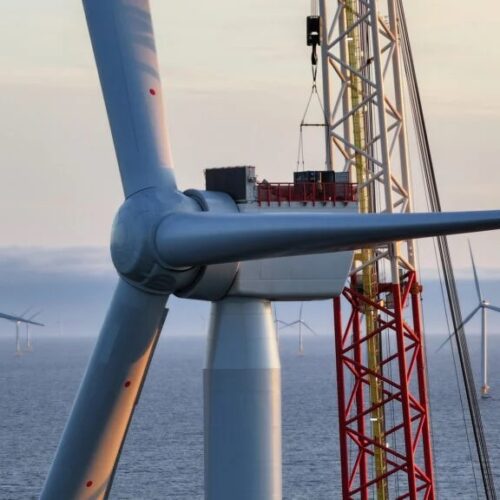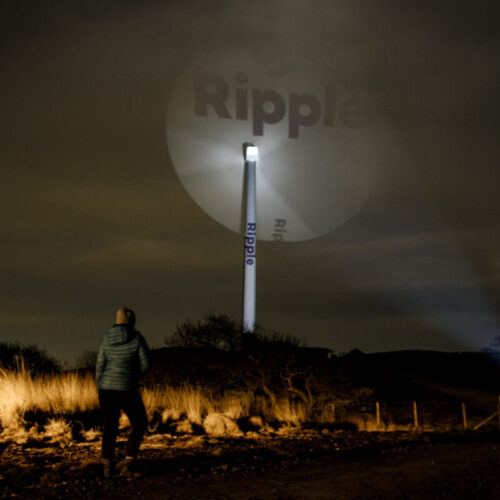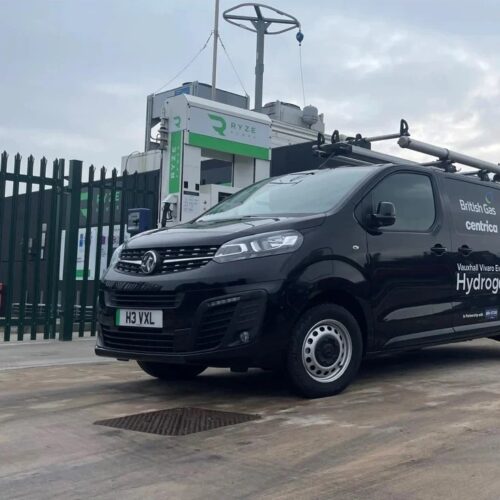Irish grid operator EirGrid has been granted planning permission for a major transmission infrastructure upgrade.
An Bord Pleanála has granted permission for the Kildare to Meath Grid Upgrade, a project that will add significant transmission capacity in the east of Ireland. The project will add a high-capacity 400kV underground electricity connection between Dunstown substation in Kildare and Woodland substation in Meath.
EirGrid states that this will be a key part of supporting electricity distribution in Meath, Kildare and the surrounding counties. The grid operator also notes that electricity demand is growing in the area owing to economic development, population growth, and the planned connection of new large-scale IT industry infrastructure in the region.
The approval has been granted following an extensive public consultation period, which began in June 2021 and saw community groups and members of Kildare County Council and Meath County Council share feedback on the proposal. EirGrid has not yet stated when it expects consultation to begin or be completed following this planning approval.
EirGrid’s chief infrastructure officer, Michael Mahon, noted the “critical” importance of the project, calling it an “essential” part of Ireland’s mission to achieve 80% renewable electricity penetration by 2030.
Sinead Ronan, chief executive of County Kildare Chamber, also welcomed the decision, adding: “With a growing population and increased demand for electricity, this upgrade is much needed in the Kildare area to support communities. Improved infrastructure is also key to our economic development and to help ensure the continued success of local businesses and industry”.
Irish wind grows, curtailment poses risks
Data released last month by market analyst Cornwall Insight suggests that Ireland and Northern Ireland could miss their 2030 emissions targets by around 20%, primarily due to excessive curtailment on the network.
According to EirGrid, renewables, primarily wind, supplied over half of Ireland’s electricity in February, but wind power’s potential contribution to Ireland’s clean energy future is hampered by curtailment. In December 2024, Irish onshore wind saw a 10.9% dispatch down rate, while Nothern Irish onshore wind recorded a 38.4% dispatch down rate.
The System Non-Synchronous Penetration’ (SNSP) limit, which dictates how much renewable energy can be in the Irish grid system at any given time and is currently set at 75%, is a major factor behind this kind of curtailment and can be caused by poor transmission infrastructure. EirGrid has set a target of increasing the SNSP limit to 80% by 2030.






